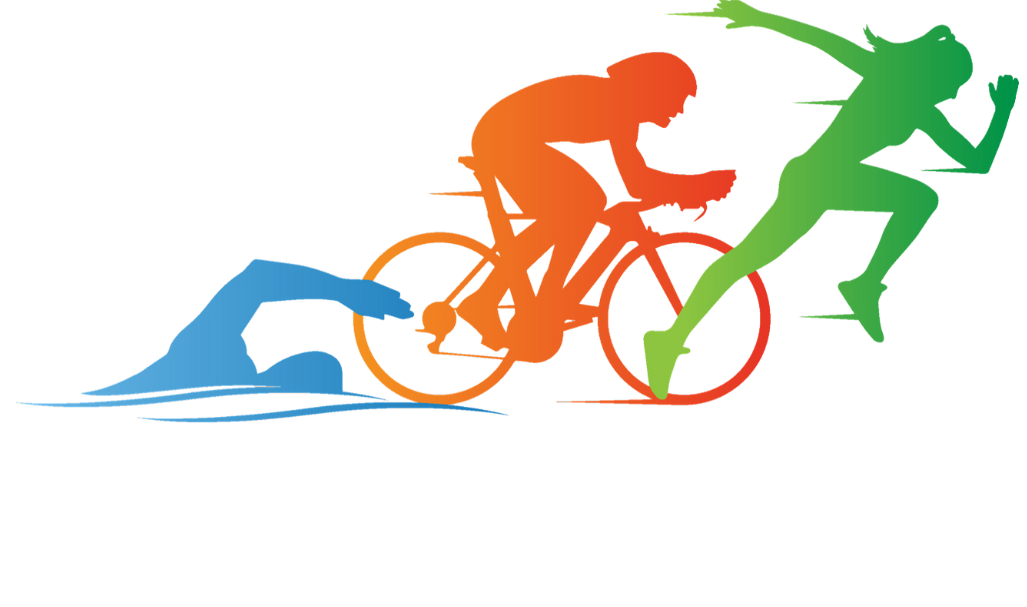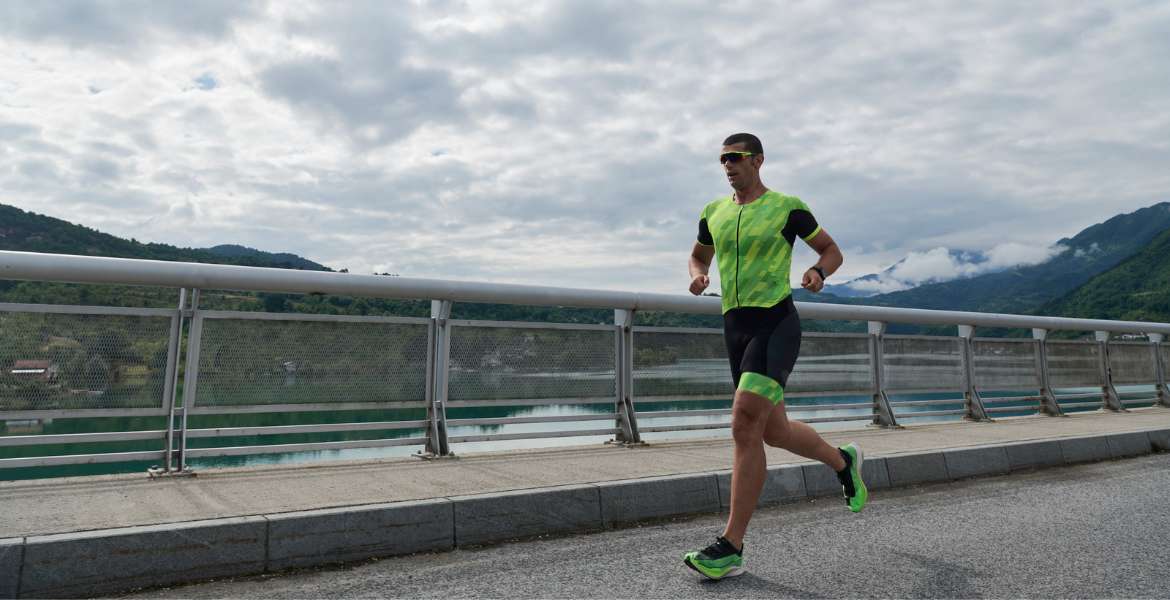The Science of Pacing: How to Pace Yourself for Triathlon, Running, and Cycling Races
Why is pacing important?
Pacing plays a vital role in endurance events, as it helps you distribute your energy and effort evenly throughout the race. By doing so, you can maintain a steady performance and avoid hitting the dreaded “wall,” which can lead to a significant drop in speed and overall performance.
Factors that influence pacing
Several factors can influence your pacing strategy, including:
- Fitness level: Your current fitness level will determine the pace you can sustain throughout the race.
- Race distance: The length of the race will affect how you pace yourself. Longer races usually require a more conservative approach.
- Course terrain: Hills, turns, and other course features can impact your pacing strategy.
- Weather conditions: Heat, humidity, wind, and other weather conditions can affect your performance and pacing.
- Personal goals: Your individual goals and race objectives will play a role in how you pace yourself.
Pacing strategies for triathlon, running, and cycling races
- Negative splits: A negative split strategy involves starting the race at a slightly slower pace and gradually increasing your speed as the race progresses. This can help you conserve energy early on and finish strong.
- Even pacing: Maintaining an even pace throughout the race can help you avoid energy spikes and dips. This strategy works well for athletes with a good understanding of their sustainable pace.
- Race-specific pacing: Adjust your pacing strategy based on the unique demands of each race. This might involve accounting for hills, technical sections, and other course features.
Tools and techniques for pacing
- Heart rate monitoring: Using a heart rate monitor can help you maintain a consistent effort level and avoid overexertion.
- Power meters: Cyclists can use power meters to measure their output and adjust their pacing accordingly.
- GPS watches: GPS watches can provide real-time pace and distance information, allowing you to monitor your progress and adjust your pacing strategy.
- Training: Incorporate race-specific workouts and pacing practice into your training to help you develop a better understanding of your optimal race pace.
Conclusion
In conclusion, mastering the science of pacing can significantly improve your performance in triathlon, running, and cycling races. By understanding the factors that influence pacing and developing a tailored pacing strategy, you can optimize your race performance and achieve your goals.

